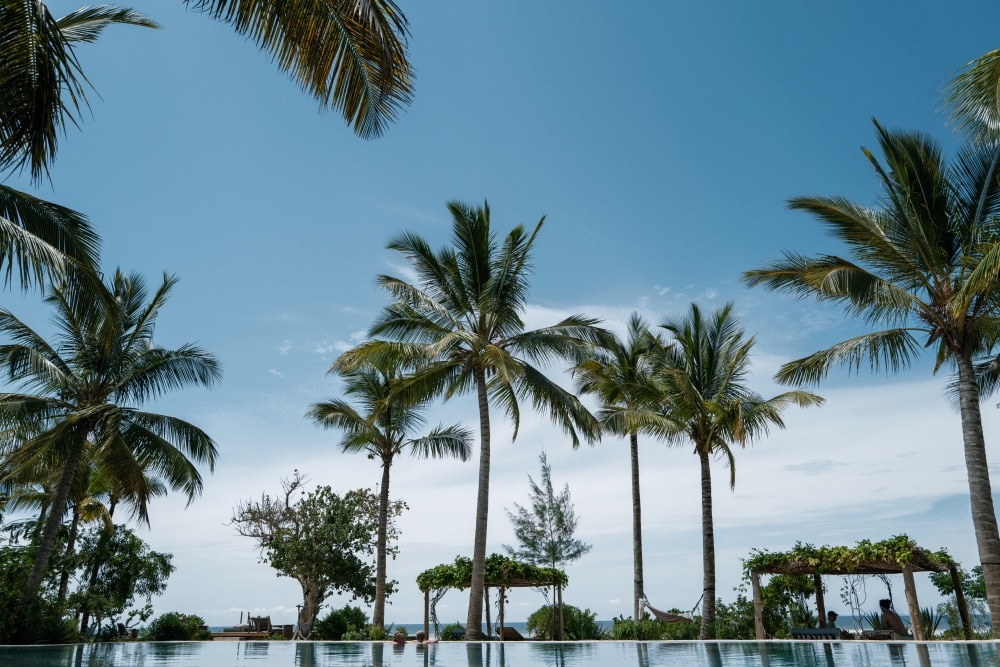Foto oleh Sharrie Shaw
Hotel murah di Solo
- Berubah pikiranPesan hotel dengan pembatalan gratis
- Banyak pilihanCari di hampir jutaan properti di seluruh dunia
Lebih dari sekadar penginapan biasa di Solo
Cocok untuk keluarga
Periksa harga untuk tanggal ini
Malam ini
Besok
Akhir pekan ini
Akhir pekan berikutnya
Pilihan terbaik kami untuk hotel dekat Solo
Harga sekarang Rp1.110.000
total Rp1.343.100
termasuk pajak & biaya lainnya
18 Jan - 19 Jan 2026
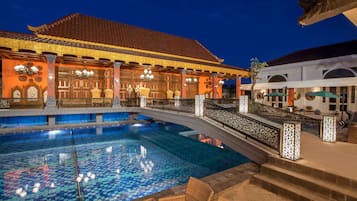
9.0 dari 10, Istimewa, (6)
Harga sekarang Rp909.091
total Rp1.100.000
termasuk pajak & biaya lainnya
4 Jan - 5 Jan 2026

The Alana Hotel and Convention Center - Solo by Aston
The Alana Hotel and Convention Center - Solo by AstonColomadu
8.2 dari 10, Sangat Baik, (62)
Harga sekarang Rp1.085.727
total Rp1.313.730
termasuk pajak & biaya lainnya
4 Jan - 5 Jan 2026
Harga sekarang Rp597.108
total Rp722.501
termasuk pajak & biaya lainnya
8 Jan - 9 Jan 2026

9.0 dari 10, Istimewa, (9)
Harga sekarang Rp619.835
total Rp750.001
termasuk pajak & biaya lainnya
5 Jan - 6 Jan 2026
Harga sekarang Rp421.487
total Rp510.000
termasuk pajak & biaya lainnya
8 Jan - 9 Jan 2026
Harga per malam terendah yang ditemukan dalam 24 jam terakhir berdasarkan pencarian 1 malam untuk 2 tamu dewasa. Harga dan ketersediaan dapat berubah sewaktu-waktu. Ketentuan tambahan mungkin berlaku.
Promo hotel akhir pekan menarik di Solo
Menampilkan promo untuk:2 Jan - 4 Jan
Galeri foto Rumah Batu Boutique Hotel

Rumah Batu Boutique Hotel
Baki
9.0/10Istimewa (9 ulasan)
Diskon 10%
Harga Rp557.851
total Rp1.350.000
termasuk pajak & biaya lainnya
Hemat rata-rata 15% untuk ribuan hotel saat Anda login
Tempat untuk menginap di Solo
Temukan area dan kawasan Solo terbaik untuk aktivitas yang paling Anda sukai. Selengkapnya tentang Solo
Selengkapnya tentang Solo
Pusat Kota Solo
Anda akan menikmati museum dan kebun binatang yang ada di Pusat Kota Solo. Luangkan juga waktu Anda untuk singgah di Solo Paragon Lifestyle Mall atau Taman Keprabon.
Banjarsari
Jelajahi sejumlah tempat menarik seperti Solo Paragon Lifestyle Mall dan Taman Kota Balekambang saat Anda berkunjung ke Banjarsari.
Penginapan dekat objek wisata populer di Solo
Ulasan Hotel Teratas di Solo
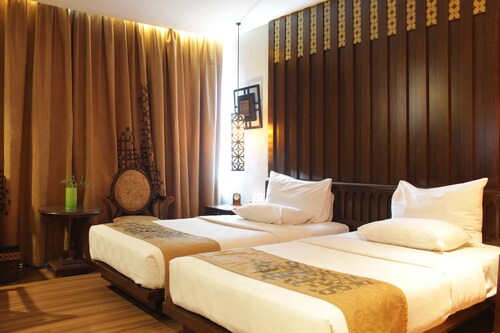
The Royal Surakarta Heritage - Handwritten Collection
6/10 Cukup Baik
Penginapan murah di Solo

Hotel Tirtonadi Permai
6 Jl. Tagore Surakarta Jawa Tengah
Harga Rp205.454 per malam dari 14 Jan hingga 15 Jan
Rp205.454
total Rp248.599
14 Jan - 15 Jan 2026
termasuk pajak & biaya lainnya
Hotel di Solo dengan peringkat bintang

Hotel Bintang 5
2 properti
Pertanyaan umum
Jelajahi dunia perjalanan dengan Expedia
- Rental mobil di Boyolali
- Rental mobil di Colomadu
- Rental mobil di Grogol
- Rental mobil di Karanganyar
- Rental mobil di Klaten
- Rental mobil dekat Pusat Kota Solo
- Rental mobil dekat Solo Paragon Lifestyle Mall
- Rental mobil di Solo
- Rental mobil di Sragen
- Rental mobil di Sukoharjo
- Rental mobil di Tawangmangu
- Rental mobil dekat The Heritage Palace
- Rental mobil dekat Universitas Muhammadiyah Surakarta
- Rental mobil dekat Universitas Sebelas Maret
- Rental mobil di Wonogiri
![At the museum no photos are allowed which is really unfortunate as it was well worth the visit and the guided tour is definitely not to be missed. In the museum there are even Batik made from the Dutch era which depicts stories like Little Red Riding Hood and Snow White!
I enjoyed the tour v much and at the end of the tour we were brought to this room where the artisan were working on hand drawn batik.
Below is an excerpt from Wikipedia for anyone interested in learning more about the process of batik making.
Firstly, a cloth is washed, soaked and beaten with a large mallet. Patterns are drawn with pencil and later redrawn using hot wax, usually made from a mixture of paraffin or bees wax, sometimes mixed with plant resins, which functions as a dye-resist. The wax can be applied with a variety of tools. A pen-like instrument called a canting (IPA: [tʃantiŋ], sometimes spelled with old Dutch orthography tjanting) is the most common. A canting is made from a small copper reservoir with a spout on a wooden handle. The reservoir holds the resist which flows through the spout, creating dots and lines as it moves. For larger patterns, a stiff brush may be used. Alternatively, a copper block stamp called a cap (IPA: [tʃap]; old spelling tjap) is used to cover large areas more efficiently.
After the cloth is dry, the resist is removed by scraping or boiling the cloth. The areas treated with resist keep their original color; when the resist is removed the contrast between the dyed and undyed areas forms the pattern. This process is repeated as many times as the number of colors desired.
The most traditional type of batik, called batik tulis (written batik), is drawn using only the canting. The cloth need to be drawn on both sides and dipped in a dye bath three to four times. The whole process may take up to a year; it yields considerably finer patterns than stamped batik.
Source: Wikipedia](https://images.trvl-media.com/place/6224808/26fd1460-c65a-4c1a-9444-7a893e883ac9.jpg?impolicy=fcrop&w=1200&h=500&q=medium)


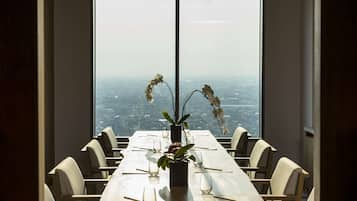


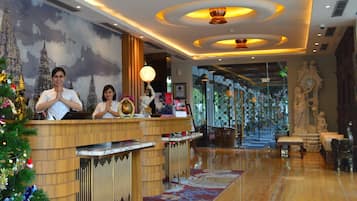




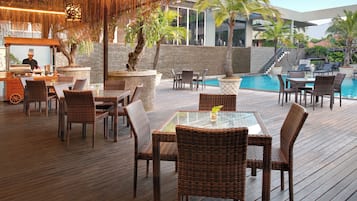


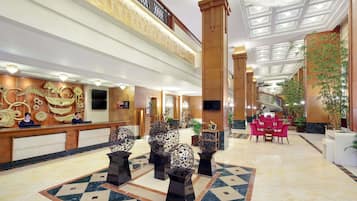





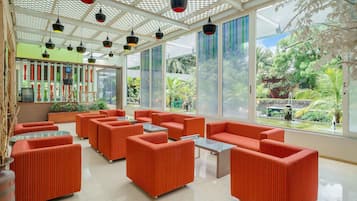
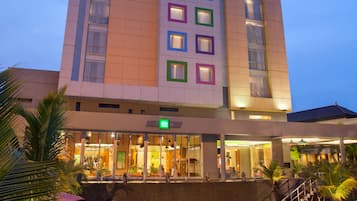
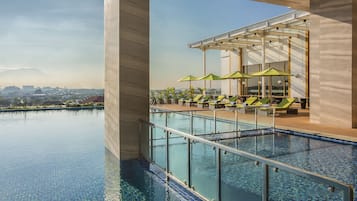
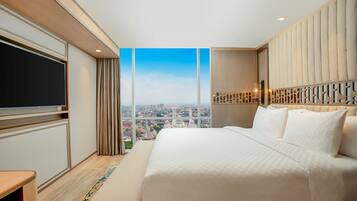












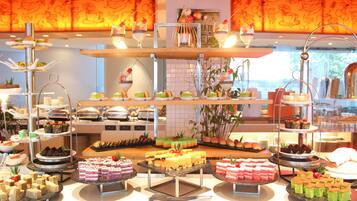



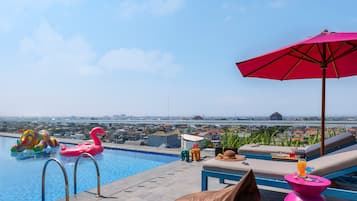


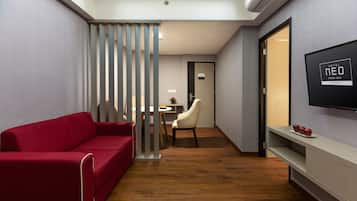
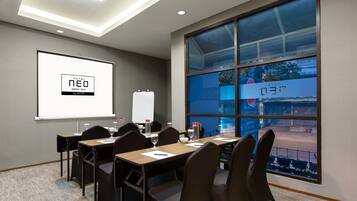



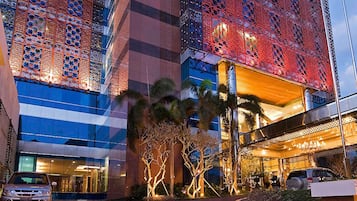

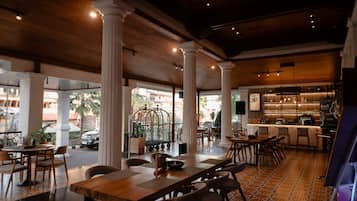
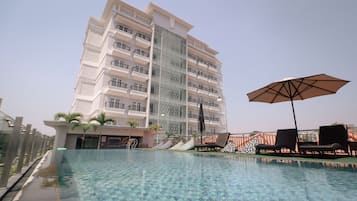
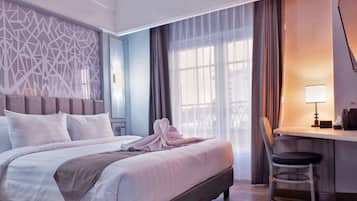
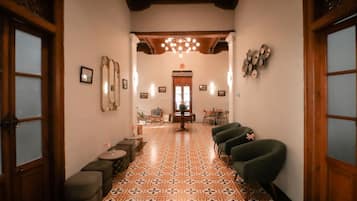



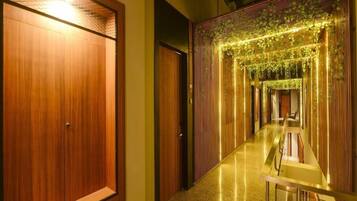








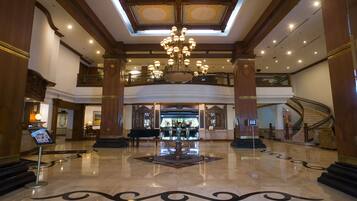






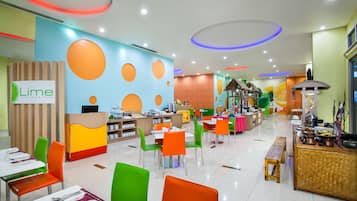
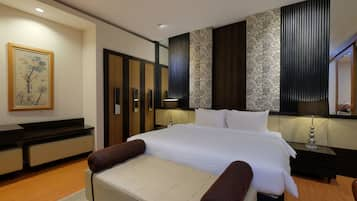

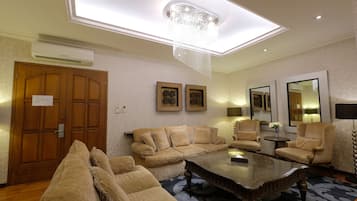




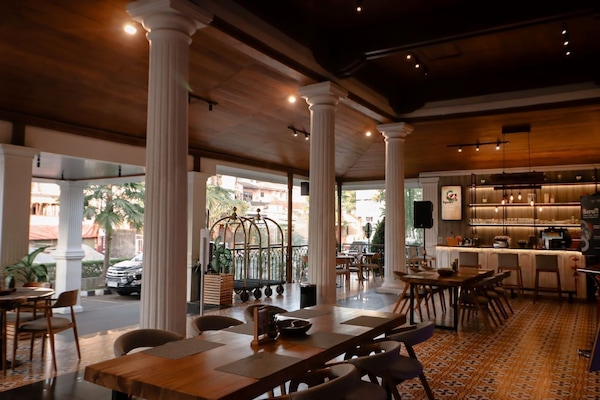

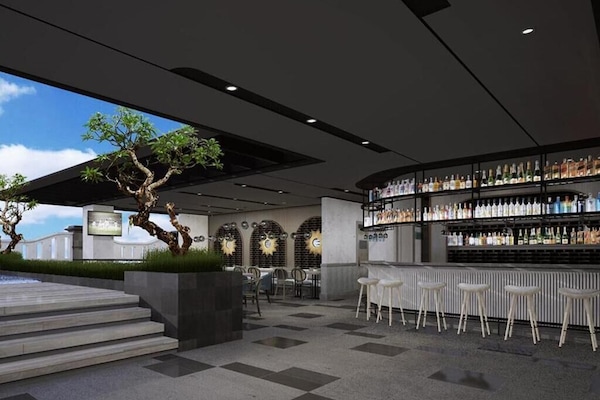



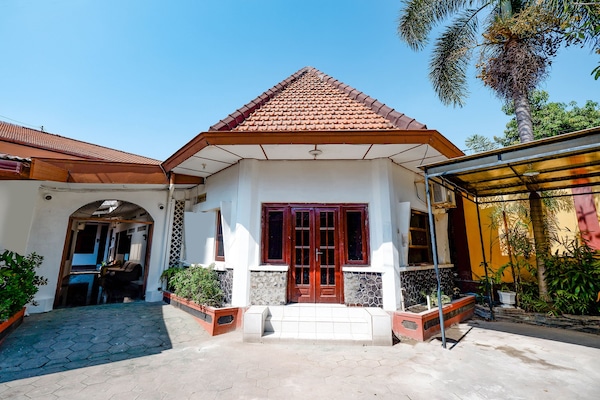


![At the museum no photos are allowed which is really unfortunate as it was well worth the visit and the guided tour is definitely not to be missed. In the museum there are even Batik made from the Dutch era which depicts stories like Little Red Riding Hood and Snow White!
I enjoyed the tour v much and at the end of the tour we were brought to this room where the artisan were working on hand drawn batik.
Below is an excerpt from Wikipedia for anyone interested in learning more about the process of batik making.
Firstly, a cloth is washed, soaked and beaten with a large mallet. Patterns are drawn with pencil and later redrawn using hot wax, usually made from a mixture of paraffin or bees wax, sometimes mixed with plant resins, which functions as a dye-resist. The wax can be applied with a variety of tools. A pen-like instrument called a canting (IPA: [tʃantiŋ], sometimes spelled with old Dutch orthography tjanting) is the most common. A canting is made from a small copper reservoir with a spout on a wooden handle. The reservoir holds the resist which flows through the spout, creating dots and lines as it moves. For larger patterns, a stiff brush may be used. Alternatively, a copper block stamp called a cap (IPA: [tʃap]; old spelling tjap) is used to cover large areas more efficiently.
After the cloth is dry, the resist is removed by scraping or boiling the cloth. The areas treated with resist keep their original color; when the resist is removed the contrast between the dyed and undyed areas forms the pattern. This process is repeated as many times as the number of colors desired.
The most traditional type of batik, called batik tulis (written batik), is drawn using only the canting. The cloth need to be drawn on both sides and dipped in a dye bath three to four times. The whole process may take up to a year; it yields considerably finer patterns than stamped batik.
Source: Wikipedia](https://images.trvl-media.com/place/6224808/26fd1460-c65a-4c1a-9444-7a893e883ac9.jpg?impolicy=fcrop&w=300&h=400&p=1&q=high)








